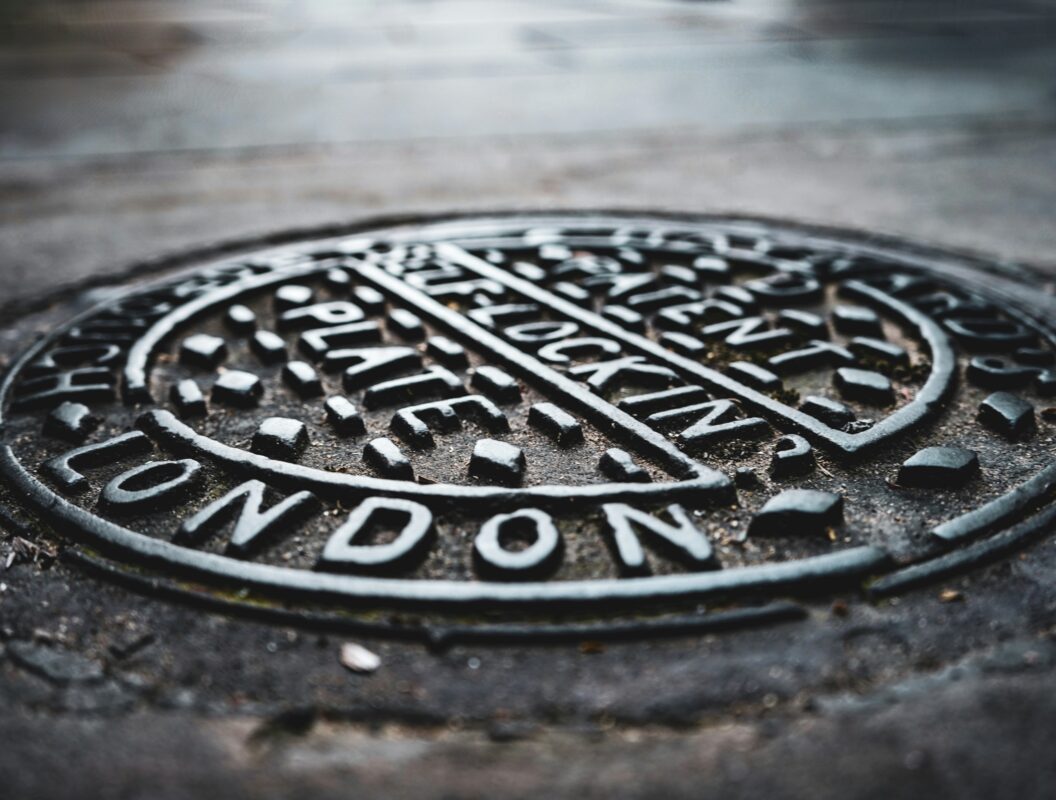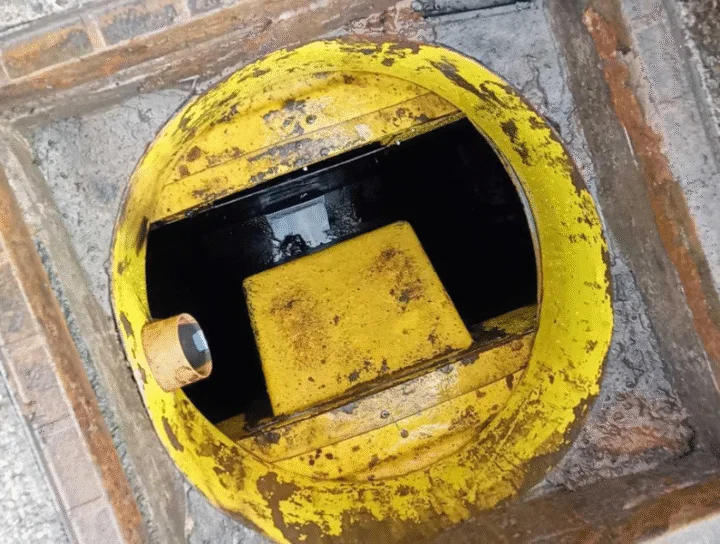If you’re struggling to identify what’s causing a problem in your drainage system, an engineer can enter it via a manhole, accessing the inspection chamber below to identify and rectify the issue.
Despite being an integral part of our infrastructure, manholes are often overlooked and ignored. Here, we delve into the history and purpose of manholes, the role they play in supporting our communities, and what to do should a manhole on your premises require attention.
What Is a Manhole?
A manhole is a covered opening which allows access to the drainage system below. It enables quick and easy admission to a drain for inspection, cleaning, unblocking or repair. Engineers lift the lids on manholes – better known as covers – to get a deeper understanding of any issues below ground and in the instance of a blockage, can use it to carry out necessary activity.
How Do Manholes Work?
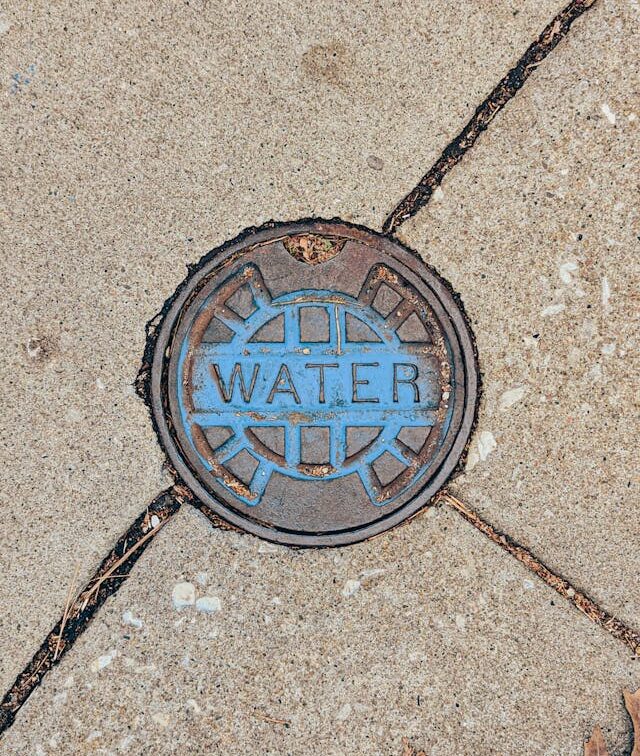
Below the manhole cover, there is an inspection chamber which holds wastewater. If it sits within a combined line, this will be a mix of foul water and rainwater. Pipes are connected to the chamber to carry waste away in the most suitable direction. Laterals, another type of pipe, also run into the chamber and carry water into the main line of the sewer.
Where Are Manholes Located?
You’ll find manhole covers in the road, on pavements, in gardens, in commercial sites and much more. They’re located at several intervals along a drainage system to accommodate access at various key points and help diagnose issues.
For example, if one area below a manhole is blocked, the next closest can be used to facilitate high pressure water jetting to clear the problem. Additionally, if water is backing up somewhere in a drainage system, the location of the problem can be confirmed by lifting different manhole covers and monitoring their water levels. If the water levels are high, it indicates there is a problem nearby.
When Were Manholes Invented?
Manholes span as far back as Roman times, where the original solutions for managing sewage and drainage were invented. Early manhole covers were made of slabs of stone or pieces of wood, providing access to the trenches below.
The basic design of manholes and covers began around 3500 BC and their design remained largely the same until the mid-19th Century, when the modern manhole cover was developed.
Is a Manhole the Same as an Inspection Chamber?
The manhole is the covered opening in the ground that provides access to an underground space. The inspection chamber sits beneath a manhole, acting as an important storage area for excess water. For example, during heavy rainfall, the inspection chamber can hold and carry the excess water safely whilst it slowly enters the drainage system below, avoiding any surface water flooding.
How Does a Manhole Get Blocked?
Over time, an inspection chamber can become clogged with fat, oil and grease, wet wipes and other items which shouldn’t be flushed or poured down the drain. The build-up of these items prevents liquid from following efficiently through the drainage system leading to flooding or wastewater backing up.
It’s important to regularly maintain manholes and inspection chambers to ensure they continue to work at optimum levels. This will help avoid blockages and build-ups of materials, ensuring water can flow freely.
Should a manhole become blocked, it could cause damage to your property resulting in an emergency call out. A prolonged blockage can make this worse, cause site-wide damage and, if you run a business, the need to temporarily halt operations.
How Do You Unblock a Manhole?
There are a couple of ways to treat a manhole and inspection chamber that have become blocked. These include:
- High Pressure Water Jetting: This is the process of using water propelled at high speeds to clean surfaces and materials. High pressure water jetting is particularly effective in the clearance of drains as the impact softens or emulsifies a blockage, which restores water flow.
- Electro-mechanical cleaning: This is the process of using a motorised tool to rotate a cable or spring which is stored on a drum within the tool. The operator feeds the cable into the pipe that is blocked and uses the tool to rotate the cable within the pipe. This breaks up any material which has accumulated in the pipe, which is then largely removed by the cable. The remainder is flushed harmlessly away into the drainage system.
Who Is Responsible for Maintaining Manholes?
The responsibility for maintaining manholes depends on their location.
- On your property: you are responsible for manholes that are on your property and are part of a system that only serves your property.
- On a shared system: if the manhole is on your property but is part of a system that serves multiple properties, the local water authority is responsible.
- On a public footpath or road: the local water authority is responsible for manholes that are on a public footpath or road.
How Do You Fix a Broken Manhole Cover?
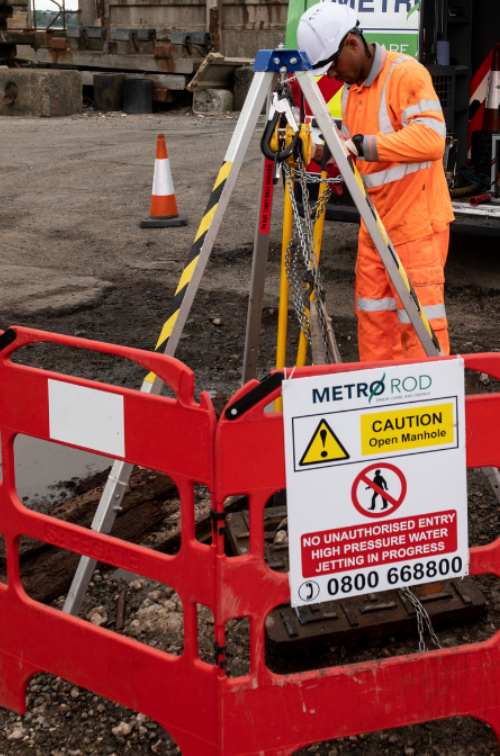
Broken or damaged manhole covers pose a major safety risk and can cause ongoing damage to the drains they’re supposed to protect. Manhole covers need to be repaired properly to provide protection to pipework and comply with safety and load bearing regulations. In terms of responsibility for fixing a broken manhole cover, the same guidance applies as it does for maintaining manholes.
How Do You Fix a Broken Manhole Cover?
Broken or damaged manhole covers pose a major safety risk and can cause ongoing damage to the drains they’re supposed to protect. Manhole covers need to be repaired properly to provide protection to pipework and comply with safety and load bearing regulations. In terms of responsibility for fixing a broken manhole cover, the same guidance applies as it does for maintaining manholes.
Should I Enter a Manhole?
Manholes and inspection chambers are dangerous and confined areas which, due to holding wastewater, often contain potentially toxic materials. Only trained and qualified drainage technicians and engineers should enter manholes as they’re most likely to get to the route of any problems within the structure and create a lasting fix.
Can I Move a Manhole?
If you are planning to carry out building work over a manhole cover, work may be needed to divert your pipework to maintain access to a manhole cover for essential inspections.
Manholes, covers and inspection chambers are controlled by the UK Building Regulations, which should be contacted before any changes are made to the access or location of a manhole cover within your property.
Local Manhole Service
The team at Metro Rod is highly qualified and experienced in all drain matters, including manholes, providing a speedy response to homes and businesses across the UK 24/7, 365 days a year. Contact us today to find out how we can support you with issues relating to manholes.
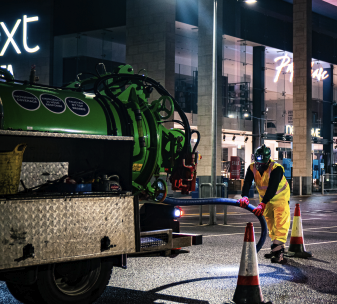
Talk to your local Metro Rod specialist
We are always happy to arrange a free site assessment and no obligation quotations for any work you might need. Alternatively, you can call our emergency hotline number on 0800 66 88 00
Get in touch Drainage Services